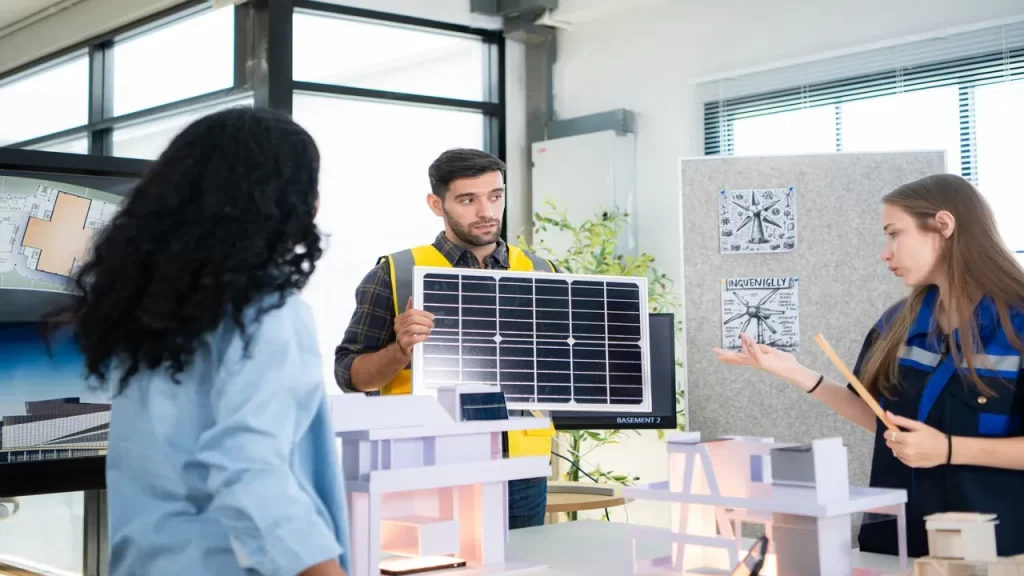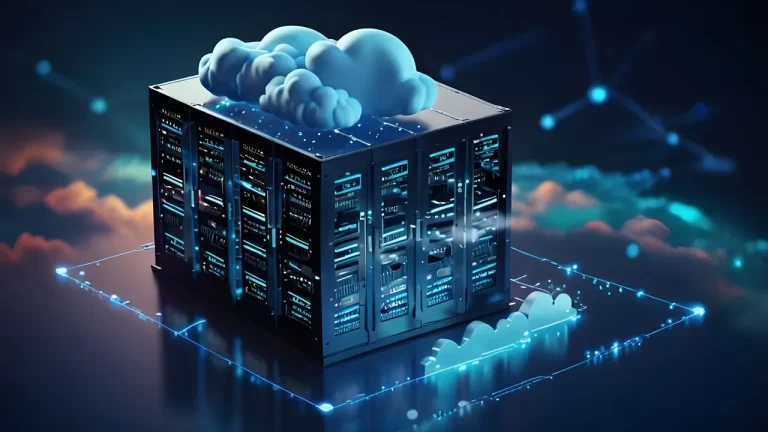The Surge in Solar Power Adoption
Permanent data center energy requirements have shot up in recent years which leads the industry to require renewable electrical solutions. The combination of scalability with cost-efficiency and long-term energy stability makes solar energy one of the most favored solutions for power needs today. Major technology companies made more than 12 solar power agreements in 2025 which together added greater than 100 MW capacity for the power grid. These agreements reflect the increasing commitment of the industry to minimize carbon use, addressing the fastly growing cloud services and energy requirements of AI-based infrastructure.
An important driver behind this trend is the increasing pressure on tech firms to accept green data center services. Governments worldwide are tightening rules & laws on carbon use, while investors & consumers need greater corporate responsibility. Data center operators are partnering with renewable energy providers to secure power purchase agreements that ensure a stable supply of clean electricity. The transition is not just about sustainability; it also gives economic benefits by minimizing dependency on unstable fossil fuel markets.
Microsoft’s Strategic Solar Investments
Microsoft has been a leader in the transition to renewable energy, consistently expanding its solar power investments to support its AI and cloud computing operations. In March 2025, the company made a historic agreement with AES for 475 MW of solar power capacity. The partnership established by Microsoft will finance the development of three solar farming locations spread across Illinois, Michigan, and Missouri for delivering renewable energy to its hyperscale data center buildings. The sites function as important components for AI models to train operations and execute these models because of their need for exceptional computational capacity.
This investment works as a step toward Microsoft’s objective to achieve carbon negativity by 2030. The company has secured multiple renewable energy contracts, which made its total clean energy capacity shift to over 10 gigawatts across different international locations. The solar energy projects initiatives at Microsoft serve to decrease environmental effects as well as showcase how information technology firms should be setting the standard for a clean energy revolution. The increasing volume of AI workloads presents extraordinary pressure on electricity grids, which necessitates this particular strategy.
Meta’s Expanding Renewable Portfolio
The company known as Meta (formerly Facebook) continues to create investments in solar energy for powering its facilities through data centers. The company entered into long-term PPAs with energy firm RWE in August 2024 to establish two big solar farms that have a total 374 MW capacity. The two features operated by Meta are situated in Illinois and Louisiana to assist in the company’s mission of running its operations on renewable power sources. The agreements made by Meta minimize the company’s usage of traditional power generation while lowering atmospheric carbon use.
In March 2025, the company declared its new 200 MW solar initiative for Texas. The Waterloo Solar project, developed in partnership with RWE represents Meta’s third major renewable deal in just a few months. With data centers requiring immense amounts of energy to power social media platforms, AI algorithms, and virtual reality applications the company’s commitment to solar energy underscores the necessity of sustainable power solutions in the tech sector.
Amazon’s Global Renewable Initiatives
Amazon as a company has regularly focused on sustainability across all its operations, including its data center facilities. In 2023, the company finalized renewable energy agreements for more than 100 solar and wind projects across the world. The Amazon Solar Farm Texas-Outpost stands as one of the biggest solar energy deals in the industry because of its 500 MW power generation capacity. The Amazon Solar Farm Maryland-CPV Backbone stands as a 170 MW project that
specifically acts to give power to AWS data centers.
The Amazon renewable energy initiative supports its Climate Pledge objective to achieve complete carbon neutrality by 2040. The company uses its worldwide presence to support big clean energy initiatives that allow the sustainable operation of its data centers. The important role of solar power for Amazon becomes increasingly important as AWS grows its operations with AI applications and cloud computing because this strategy helps to minimize environmental harm without compromising operational performance.
Google’s Investment in Solar Energy
The development of Google’s data center operations receives financial backing from substantial solar energy investments from the company. The company reached an important agreement with SB Energy to build the “Orion Solar Belt” which became one of America’s biggest solar energy developments in Texas. The solar farm initiative incorporates three facilities generating 875 MW of clean power, which Google will use for its Dallas-region data centers at an 85% rate.
The migration supports Google’s objective to operate all data centers using continuous renewable power 24 hours per day. Through its investment in hyperscale solar farms, Google established both new industry sustainability standards and decreased fossil fuel use while becoming more operationally sustainable. The strategic reliance on solar power will become important to maintain both Google’s eco-friendly infrastructure and affordability as AI and cloud workloads continue their fast growth.
Conclusion
The data center industry adopts solar energy at increasing rates to pursue sustainable operations. Microsoft together with Meta, Amazon & Google drive the acceptance of hyper-scale solar projects that act as critical energy elements for data center energy strategies. The industry faces two major barriers that include increasing operational costs along with grid stability issues.
As the need for AI and cloud computing increases, data centers will continue to look for innovative energy services. Whether through new solar investments, battery storage, or diversified renewable portfolios, the industry’s shift toward green energy is set to shape the future of digital networks. By prioritizing sustainability, data centers are not only reducing their carbon use but also securing long-term energy stability in a constantly changing technological environment.






